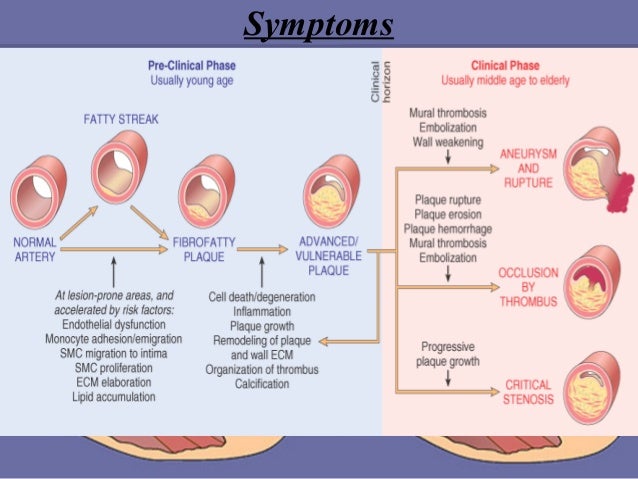
Pathophysiology is that department in science that deals with the study of the modifications in mechanical, physical and biochemical applications prompted by a disease. One such disease that brings pathophysiologcal modifications is diabetes. Diabetes pathophysiology therefore deals on the a lot of modifications brought by the incidence of diabetes as a disease.
As there are three types of diabetes, the diabetes pathophysiology will also vary in relation to the symptoms and complications involved in each classification of diabetic condition wherein, the gestation classification is only a prelude to classification 2 diabetes.
What Recent Studies Show about Diabetes Pathophysiology in the American Population
About 65% of Americans today are considered as overweight and that it is estimated that 1/four of the US population is suffering from diabetes, which is estimated to be circular 21 million Americans.
The US ranks 3rd in the world for having the most number of people afflicted with diabetes, trailing behind India who ranks as number one and China when you consider that the 2d. It is reported that the epidemic is concerned more with obesity being an underlying trigger of diabetes.
Those born after the year 2000 are said to be already liable to developing diabetes and this concerns 33% of the male population, 39% of the female wherein 50% of this could be Hispanic women. Based on evaluation of medical facts and figures, the results indicate that cardiovascular diseases could be the eventual trigger of fatalities.
Asians who were not amongst those included in high statistics before has now a high incidence of diabetic suffering population. Where the existence of the American fast food chains being considered, like in Korea where 10% of the population is diagnosed as diabetic.
Diabetes Type 1
The underlying causes of Type 1 diabetes, being genetic disposition, environmental exposure to virus, toxins, stress factors and how it impacts the beta-cells of the pancreas to produce insulin are all likely influences of diabetes pathophysiology in the society or neighborhood.
In transient, the present day generation acquired their insulin deficiency from parents counted in the previous diabetic statistics.
With these factors considered, diabetes today in standard occurs from puberty age of 10 to 14 years of age, and the majority of those who built diabetes classification 1 grew to develop into full-fledge diabetics before they reached the age of 30.
The fundamental qualities evident amongst the many sufferers are the symptomatic signs of hyperglycemia or borderline diabetes, intense thirst and unstinted hunger, frequency in urination, weight loss and occasional energy levels.
Diabetes Type 2
In Diabetes Type 2 where the sufferer is insulin resistant, the modifications in the atmosphere prompted any one to gain weight and develop all kinds of fat found in all of the wrong places, wherein belly fat is the most harmful. In fact, childhood obesity has grown into epidemic proportions globally and early diagnosis treatment and management is now a world concern.
The genes amongst these youngsters were not in question but their conduct as they grew older as influenced by their current atmosphere have changed. As they enter obesity at an early age, more and more substances are produced by the physique to trigger insulin resistance. Hence, the current statistics of classification 2 diabetes include those belonging to the age range of 10 to 19.
It is quite evident therefore that eating conduct and way of living as influenced by a society where youngsters are certainly more engaged in less endeavor like video games and virtual recreations. Diabetes pathophysiology can include organ malfunction which begin from the liver resulting to insulin resistance.
Hence, parents who are supposed to be more knowledgeable should develop into acutely conscious about the fact that over feeding their young ones and keeping them confined in front of video consoles aren't the greatest methods of providing an favourable future for their youngsters.
No comments:
Post a Comment